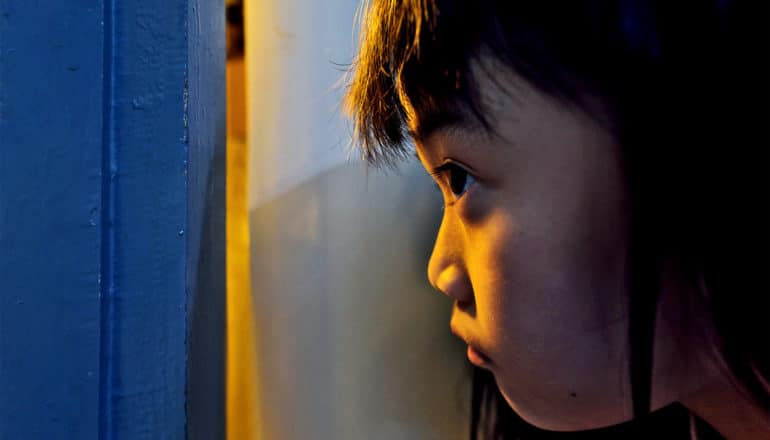
Children who witness intimate partner violence benefit from a joint community and law enforcement intervention, research shows.
The police and community-based organization partnership called the Child Trauma Response Team has demonstrated success at screening and treating children for post-traumatic stress disorder (PTSD) immediately following incidents of intimate partner violence, according to the study in the Journal of Interpersonal Violence.
“Focusing on the immediate safety needs of the caregiver and children may create the trust needed to pave the way for deeper conversations about child well-being.”
“Families that experience poverty, social disadvantage, and structural racism are at a higher risk for severe intimate partner violence, but those same factors are also barriers to accessing the post-trauma support offered by community-based organizations,” says Amanda Stylianou, an expert on domestic violence and health outcomes at Rutgers University Behavioral Health Care.
More than 7 million children in the United States are exposed to intimate partner violence each year, which can affect their development, mental health, physical health, and functioning as adults, Stylianou says.
To understand how to improve post-traumatic stress disorder (PTSD) screening and treatment of children and their caregivers after witnessing these incidents, she and her research team looked at 244 families with 352 children in Harlem being served by Safe Horizon, the nation’s largest crime victim organization, through the New York City Child Trauma Response Team (CTRT) over the initial one-year pilot.
They found families that received an immediate CTRT response, including victim safety assessments, were three times more likely to engage in a child PTSD screen. Of the children who completed the PTSD screens, close to three-quarters showed one or more trauma symptoms and were offered evidence-based mental health treatment.
The CTRT was developed in partnership between the New York City Police Department, New York County District Attorney’s Office, Mayor’s Office of Criminal Justice, and Safe Horizon. It identifies children under 18 who have directly or indirectly witnessed serious incidents of intimate partner violence and provides an immediate interdisciplinary response to affected families, most of which have a female caregiver.
“When an incident of intimate partner violence is reported to the police, the team immediately reaches out to the family to assess the safety risks of the victim and their children, explores family experiences with systemic racism, provides individual supportive counseling and crisis intervention, and offers information on criminal justice and social service processes and resources,” explains Arisly Rodriguez, senior director of the Child Trauma Response Team at Safe Horizon.
The CTRT focuses on building a relationship with the caregiver and trains staff to incorporate child PTSD screening questions within the conversation.
“Focusing on the immediate safety needs of the caregiver and children may create the trust needed to pave the way for deeper conversations about child well-being,” says Stylianou.
The study also found that children who witnessed a felony were more likely to be screened for PTSD and that Black children were close to three times more likely to have a positive PTSD screen than White or Hispanic/Latino children — a rate possibly due to their exposure to structural and racial trauma.
“The results suggest that the CTRT model is a promising practice for providing a swift interdisciplinary response to children and their caregivers to reduce the immediate and long-term effects of witnessing such violence,” Stylianou says.
“Truly accessible early intervention models, responsive to the unique risks and needs of all families, can play a critical role in identifying and linking children at risk of PTSD to early intervention mental health programs.”
Additional coauthors are from Wayne State University and Safe Horizon, New York City.
Source: Rutgers University
The post Intervention gets kids who see violence at home more support appeared first on Futurity.
from Futurity https://ift.tt/2CdvaRH
No comments:
Post a Comment